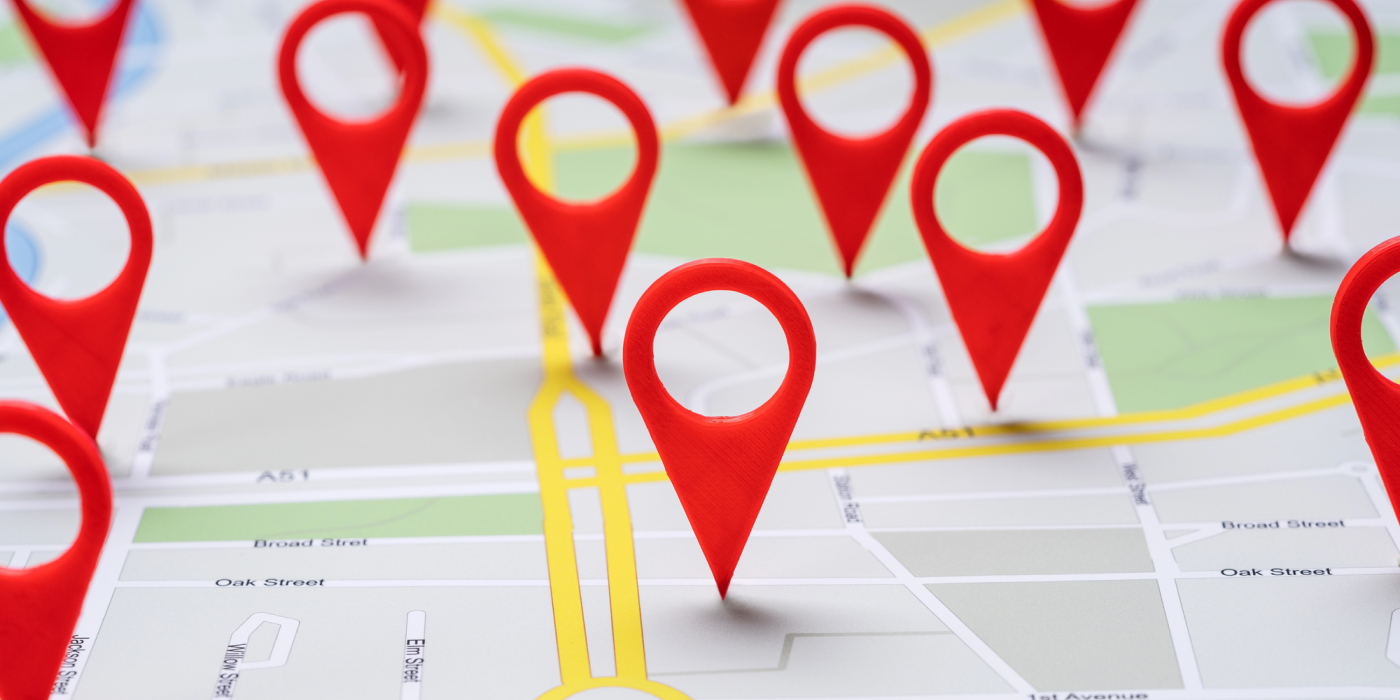How CPG Brands are Overcoming Last-Mile Delivery Challenges
For consumer packaged goods (CPG) companies, last-mile delivery is often the most complex and expensive leg of the supply chain. Whether it’s stocking shelves in brick-and-mortar stores, delivering direct-to-consumer subscriptions, or ensuring on-time delivery for eCommerce orders, the final leg of delivery has a big impact on both cost and customer experience. With rising consumer expectations for speed and convenience, CPG brands are under pressure to rethink how they approach this critical stage.
Here’s a look at how CPG companies can overcome last-mile delivery challenges and make deliveries faster and more efficiently.
Build Flexible Delivery Networks
To meet increasing delivery demands, CPG companies are building flexible delivery networks including in-house drivers, independent contractors and third-party logistics providers. Operating a flexible delivery fleet enables CPG businesses to remain agile, easily adapt to delivery delays, and meet customer expectations for quick and convenient delivery. By managing deliveries in-house, brands can retain control of the customer experience, optimize resource allocation, and manage service quality.
Partnering with third-party logistics providers or specialized carriers allows brands to lean on established networks, technology, and scalability to fulfill their last-mile delivery needs. Local carriers have the experience, infrastructure and resources that can help CPG companies expand faster into new markets and quickly adapt to fluctuating delivery demands, minimizing costs while maintaining last-mile delivery flexibility.

Invest in Warehouse Automation
To fulfill last-mile delivery orders faster, companies are increasingly investing in warehouse automation. Automated warehouses located within or near urban centers allow CPG brands to process orders quickly, increase operational efficiency, and overcome challenges due to labor shortages. Unilever is prioritizing increasing warehouse automation within its ice cream business.
Highly automated “dark” warehouses using technology like drones for inventory management will become increasingly important in cold chain logistics, particularly to offset recruiting challenges, according to Sandeep Desai, EVP and chief product supply chain officer for the company’s ice cream business. Within Unilever’s ice cream business, about 10% of its warehouses are currently dark, and the company aims to grow that percentage in the next several years.
Route Optimization and Real-Time Visibility
Many CPG companies lack real-time visibility, strong route optimization, or insights to evaluate delivery performance. Static routing and manual route planning can lead to time-consuming tasks and operational inefficiencies. However, delivery management technologies are making it easier for companies to automate and streamline delivery management, increase real-time visibility and improve productivity. Advanced route optimization algorithms can consider various factors including traffic, delivery time-windows, driver schedules, and vehicle capacity to create the most efficient routes.
Real-time route optimization allows managers to adjust routes in response to traffic, cancellations, or last-minute orders. This can help businesses minimize delivery delays while maximizing resource utilization. Delivery management platforms can also provide a real-time view of your entire last-mile delivery operation, enhancing productivity and transparency. Real-time tracking tools give customers visibility into where their order is and when it will arrive, helping to reduce failed deliveries and improve customer satisfaction. Data analytics and reporting tools give brands actionable insights into how to improve delivery performance, optimize resources, and enhance customer experiences.
As sales shift across retail stores, eCommerce websites and marketplaces, the last mile of delivery has become an increasingly crowded space. Brands that combine a smarter delivery network with flexible capacity and real-time delivery orchestration will be better positioned to meet last-mile delivery expectations and growing demand in the years ahead.
For more information about how our delivery management solution can help you manage your deliveries more efficiently, please contact info@www.bringoz.com.
